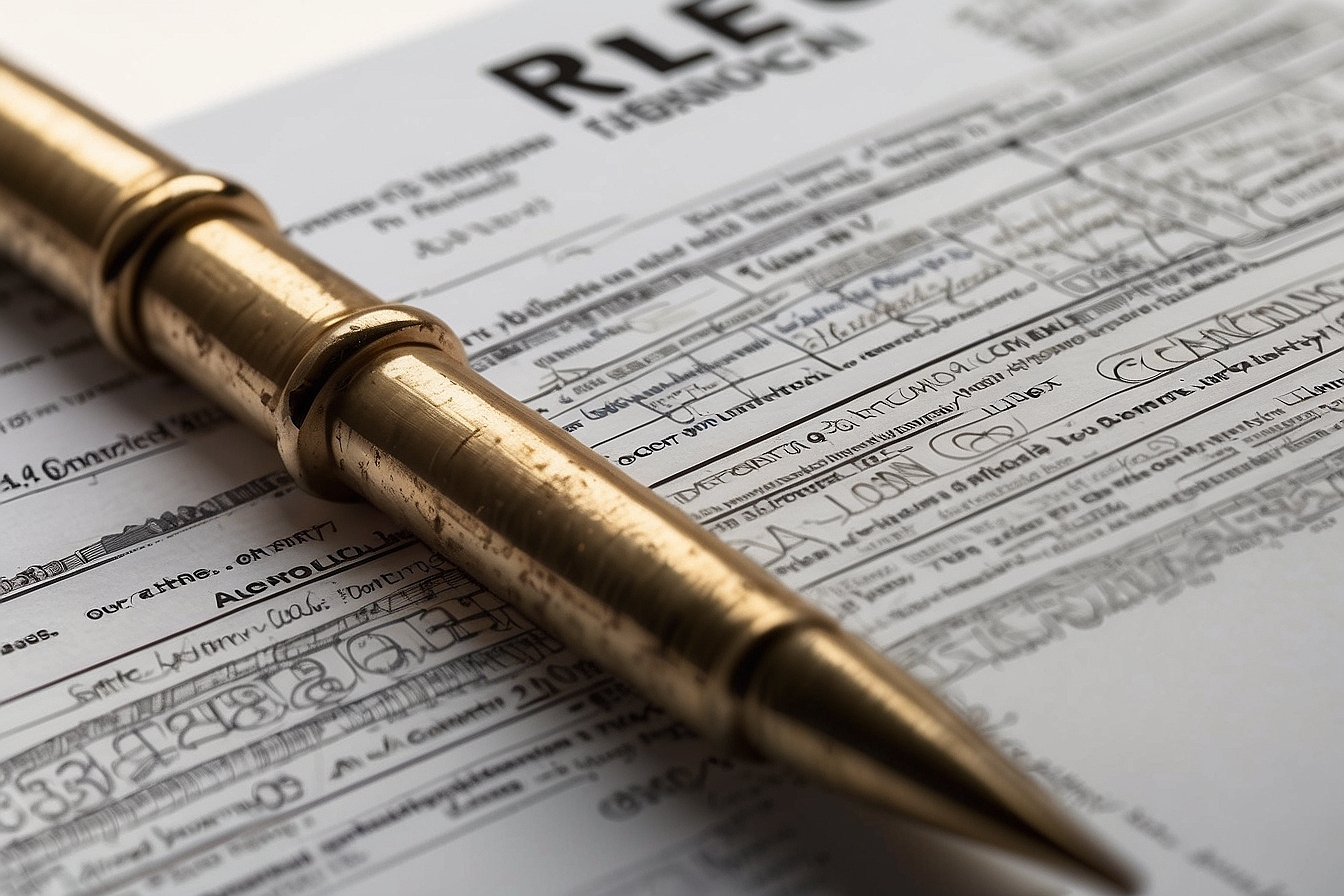A personal loan agreement is a legally binding contract between a lender and a borrower.

Whether you’re lending money to a friend, family member, or even a business associate, having a well-drafted loan agreement ensures clarity, protects both parties, and establishes the terms of the loan.
In this guide, I will walk you through the essential steps to creating an effective personal loan agreement.
Introduction and Parties Involved
Begin your loan agreement by introducing the parties involved:
- Lender: Provide the full legal name and address of the person providing the loan.
- Borrower: Include the borrower’s full legal name and address.
- Co-borrowers or cosigners: If applicable, mention any additional parties involved in the loan.
Loan Details
Specify the key details of the loan:
- Loan Amount: Clearly state the principal sum that the borrower will receive.
- Method of Disbursement: Describe how the loan will be provided (e.g., lump sum or installment payments).
Repayment Terms
Lay out the repayment terms:
- Loan Date: Mention the date when the loan was provided.
- Expected Repayment Date: Define the deadline by which the borrower must pay back the loan.
- Interest Rate and APR: If applicable, include the interest rate and annual percentage rate.
Payment Schedule
Outline the payment schedule:
- Describe how and when the borrower will make payments (e.g., monthly, quarterly).
- Specify the due dates for each installment.
Method of Payment
Detail the method of payment:
- Specify whether payments will be made via checks, cash, or automatic withdrawals from a checking account.
Dispute Resolution
Address the potential disputes:
- Explain how any disagreements or disputes will be resolved.
- Consider mediation or arbitration as options.
Penalties and Consequences
Be clear about the specifications for penalties:
- State the consequences for late payments or nonpayment.
- Include any prepayment penalties, if applicable.
Loan Modification Options
Anticipate changes:
- Mention any provisions for modifying the loan terms if necessary.
Signatures and Witnesses
Ensure to state clearly the agreement’s validity:
- Obtain signatures from both the lender and the borrower.
- Include the date of signing.
- If possible, have a witness present and include their signature and date.
Remember that a personal loan agreement is a legally binding document, so precision and transparency are crucial.
Consult legal professionals if needed, and keep a copy of the signed agreement for your records.
In conclusion, creating a well-structured personal loan agreement protects both parties and fosters trust.
By following these steps, you’ll be well on your way to establishing clear terms and expectations for your loan arrangement.
What is a personal loan agreement?
This is a legal contract between a lender and a borrower.
It outlines the terms and conditions of a loan, including repayment details, interest rates, and any penalties for noncompliance.
Why do I require a personal loan agreement?
Having a written agreement protects both parties involved in the loan.
It ensures clarity, prevents misunderstandings, and provides a legal framework for repayment.
Can I create a personal loan agreement without a lawyer?
You can draft a basic personal loan agreement without a lawyer.
However, for complex loans or if you’re unsure, consulting a legal professional is advisable.
What information should be included in a personal loan agreement?
Key details to include:
- Full names and addresses of the lender and borrower
- Loan amount (principal)
- Repayment terms (due date, interest rate)
- Payment schedule
- Method of payment
- Penalties for late payments
Is a personal loan agreement legally binding?
A properly executed personal loan agreement is legally binding.
Both parties must sign it voluntarily and with a full understanding of the terms.
Can I modify the loan terms later?
Yes, you can include provisions for loan modification in the agreement.
Specify how changes will be handled if necessary.
What happens if the borrower defaults on the loan?
The agreement should outline penalties for late payments or nonpayment.
Legal action may be taken if the borrower defaults.
Should I have a witness when signing the agreement?
Having a witness adds validity to the contract.
It’s recommended but not always required.
How do I keep a record of the loan agreement?
Keep a signed copy of the agreement for your records. Both parties should retain a copy.
Remember that a well-crafted loan agreement promotes transparency and trust.
Always seek legal advice if you have specific concerns or unique circumstances.